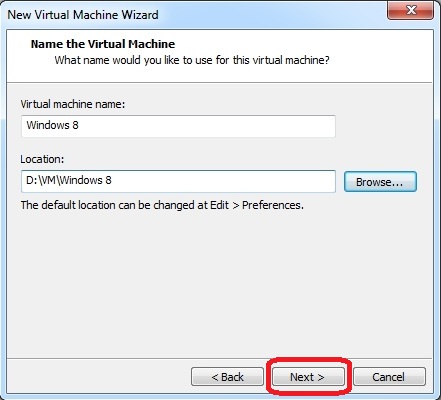
- Cacti virtual appliance vmware install#
- Cacti virtual appliance vmware full#
- Cacti virtual appliance vmware iso#
So, fire up a Hyper-V or VMware ESX machine, download a virtual appliance and give it a shot! In a future blog posting, I'll walk you through the step-by-step instructions for importing a virtual appliance. Hardened Virtual Appliance Operations Guide Securing the Appliance Base Platform to Meet High Governance Requirements. In VMware, launch the import wizard (the menu commands vary depending on your version of VMware).
Cacti virtual appliance vmware install#
Log in to the VMware vSphere 4.x or VMware vCenter Server where you will install the virtual appliance.
Cacti virtual appliance vmware full#
With Microsoft's program, you can download full virtual hard drives (VHD files for Hyper-V) that let you easily test such products as Windows Server 2008, Office Communications Server and Exchange 2007/2010. Perform the follo wing steps to add a virtual Appliance to your VMware-based infrastructure using the wizard included with VMware ESX/ESXi 1. Here's a list of just a few virtual appliance options. Obviously, virtual appliances downloaded right from VMware work under VMware hypervisors. However, only VMware is fully supported the other platforms have some limitations. For example, with JumpBox, you can import that virtual machine to VMware (Fusion, Workstation, ESX), Parallels or even VirtualBox. During backup, replication or restore disks of the processed VM are attached to the backup proxy. In the Virtual appliance mode, Veeam Backup & Replication uses the VMware SCSI HotAdd capability that allows attaching devices to a VM while the VM is running.

With some virtual appliance services, you can host the virtual appliance under different systems – not just VMware. The Virtual appliance mode is recommended if the role of a backup proxy is assigned to a VM. In other words, I was able to focus on my outcome rather than a bunch of inputs. Sure, I could have downloaded, installed and configured Cacti by myself, but with a virtual appliance, the process went from taking a few hours (or a day) to taking less than 30 minutes.

After mounting the ISO, open the folder called Bin.
Cacti virtual appliance vmware iso#
Mount the ISO that was downloaded from VMware. Select Local File and click Upload Files. disk 1 (VMDK) Install method: Download all files and install manually. You can download a virtual appliance in Workstation Player.

Instructions: Download the OVF and VMDK files and import them to the VMware Management Console. Download a Virtual Appliance in Workstation Player. Log into vCenter and right click on the compute resource and select Deploy OVF. Virtual appliance descriptor v1.0 (OVF) Install method: Download all files and install manually. For example, at Westminster College, I used a virtual appliance from a company called JumpBox to provide some basic network monitoring via Cacti. Deploy Site Recovery Manager 8.3 Virtual Appliance. If you've never heard of virtual appliances, here's a nutshell explanation: Virtual appliances are usually pre-packaged and self-contained virtual machines that serve a specific purpose.


 0 kommentar(er)
0 kommentar(er)
